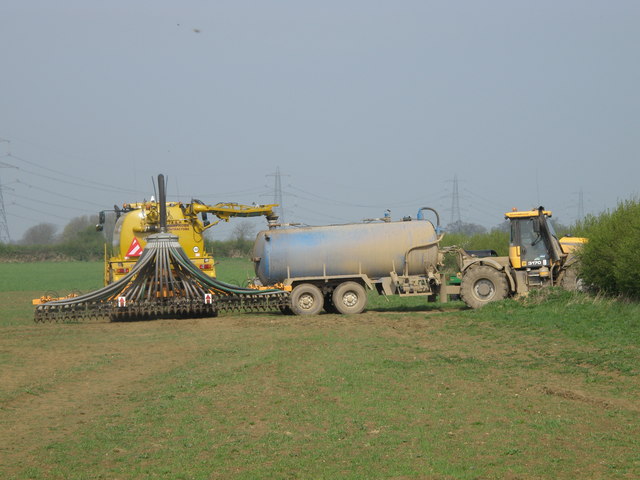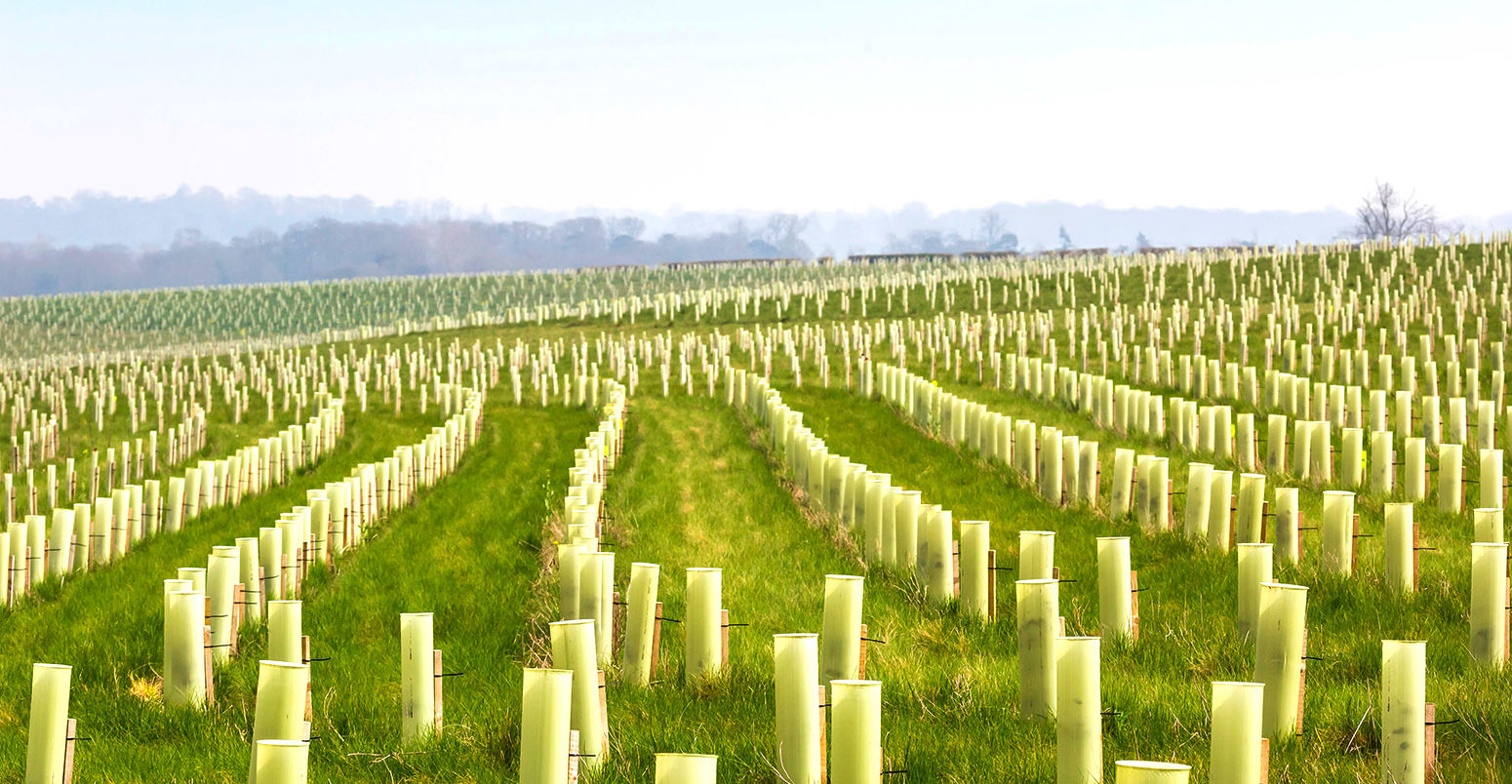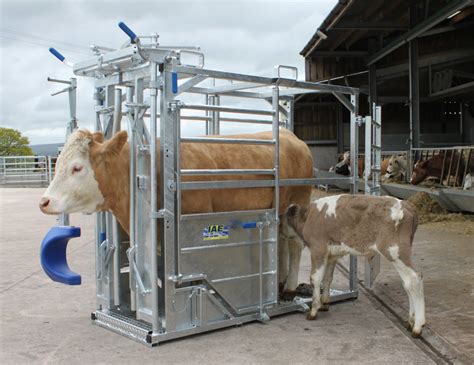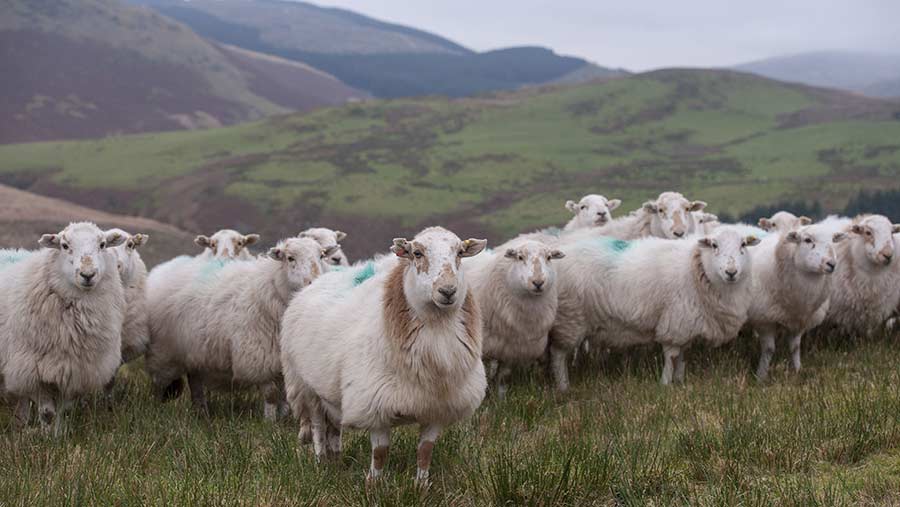As with everything else, the Brexit negotiations have been affected by the Covid-19 outbreak. The EU Commission’s Chief Negotiator Michel Barnier recently tested positive for the virus. However, there have been some developments over the past month which merit comment.
Firstly, both sides have been focusing on issuing their draft texts for a potential Free-Trade Agreement (FTA) between the UK and the EU-27. The UK tabled its draft text on 18th March ‘in confidence’ as part of the negotiating process. The EU also shared its draft with the UK on the same date, but has recently published its draft text (440 pages, accessible via: https://ec.europa.eu/info/sites/info/files/200318-draft-agreement-gen.pdf).
Unsurprisingly, the EU is pushing for the UK to have minimal divergence from EU State Aid rules. The UK would also have to align closely with EU environmental, labour and quality standards (including sanitary and phytosanitary standards for food). A ‘Specialised Committee’ on the Level Playing Field would also be set-up to oversee arrangements. This would encompass 16 sub-committees to address specific issues. If arbitration was required on the interpretation of EU law, then it would have to defer to the European Court of Justice for a ruling, something which will be hotly disputed by the UK.
From an agricultural perspective, the FTA draft texts would have minimal impact on future support as it is acknowledged that the UK would be free to pursue its own support system, as long as WTO limits were respected.
Both sides remain intent on agreeing a comprehensive future trading partnership which permits tariff-free and quota-free trade between the UK and the EU. However, non-tariff barrier costs would inevitably increase, particularly in agri-food as sanitary and phytosanitary checks, customs checks and rules of origin would apply.
Although both sides have committed to studying the other party’s text in detail, large portions of the EU draft will be unacceptable to the UK, particularly in terms of the role of the European Court of Justice. That said, these draft texts are very much the starting point in the trade negotiations and it is fairly standard at this point to have significant differences of opinion between both parties.
Looking ahead, whilst the UK’ had intended not to extend the Transition Period beyond December, with the Covid-19 situation, it is becoming increasingly likely that the negotiations will need to be extended. Privately, some UK Ministers are already acknowledging this. However, dealing with the pandemic is rightly at the forefront of both parties’ minds at present.









